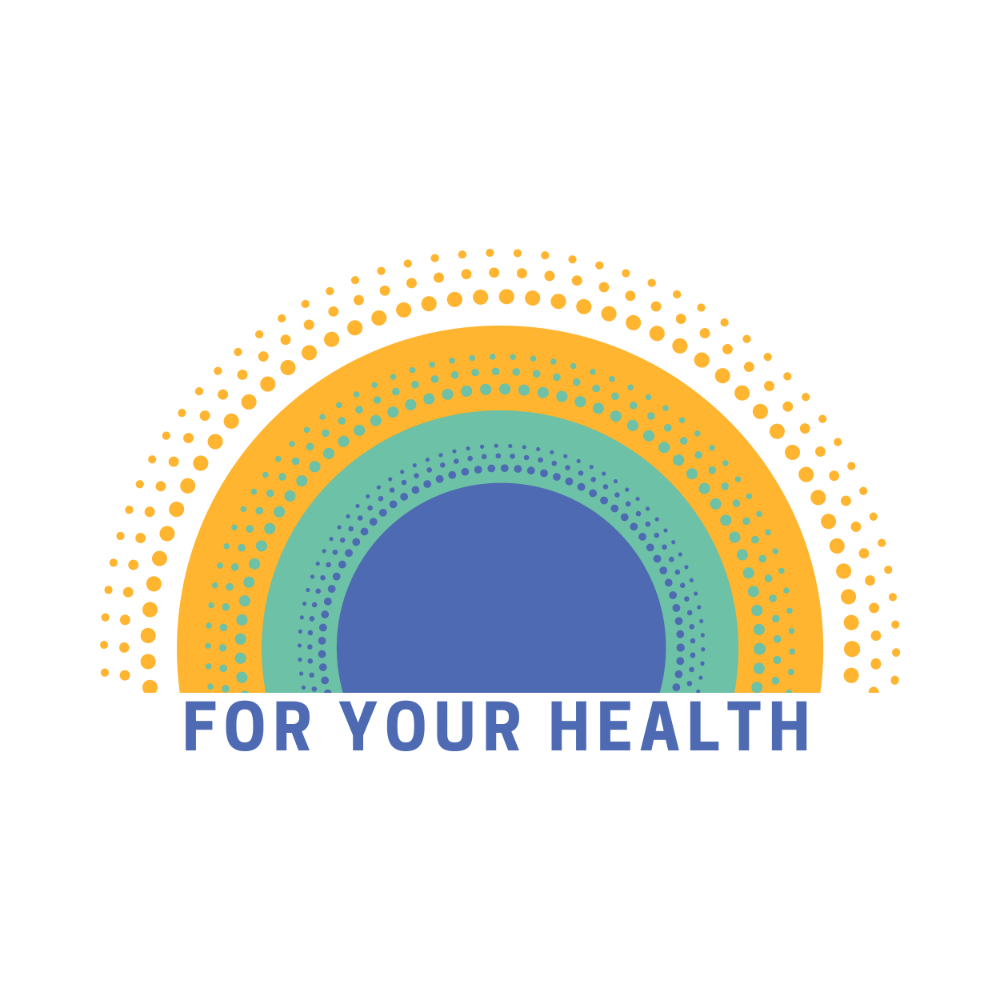Low Level Laser Therapy
with SIX LASER TS Laser Therapeutic System
Technical Data
Laser R class 3B wavelength- 658 nm
operating mode - continuous- modulated
max. power - 30 mW
Laser IR class 3B wavelength - 904 nm
operating mode - pulsed max. pulsed power - 18 W, 30 W pulsed frequency - 1 - 4000 Hz
Multidiode head with magnet
wavelength - 626 nm - 875 nm
operating mode - continuous
power - 320 mW
What is Laser Therapy?
Laser Therapy is the application of red and near infra-red light over injuries or lesions to improve wound / soft tissue healing and give relief for both acute and chronic pain. It is now officially referred to as (Low Level Laser Therapy) LLLT. “Low level laser therapy” , “photobiomodulation” "Low power Laser irradiation" are now terms listed in Wikipedia or PubMed.
Low Level Laser Therapy is used to
Increase the speed, quality and tensile strength of tissue repair
Give pain relief
Resolve inflammation
An alternative to needles for acupuncture
The red and near infrared light (600nm-1000nm) can be produced by laser or high intensity LED. The intensity of LLLT lasers is not high like a surgical laser*. There is no heating effect. The effect is photochemical (like photosynthesis in plants). Red light aids the production of ATP thereby providing the cell with more energy which in turn means the cell is in optimum condition to play its part in a natural healing process.
*LLLT devices are typically delivering 5mW -1000mW (0.2 -> 1.0 Watts).
How Long are the Treatments?
Treatments can vary in time from seconds to minutes depending on the condition. Research studies show that there may be a dose dependent response, so it may be more effective to treat at lower doses at multiple intervals then to treat a single time with a high dose.
How does LLLT work?
Like photosynthesis - the correct wavelengths and power of light at certain intensities for an appropriate period of time can increase ATP production and cell membrane perturbation could lead to permeability changes and second messenger activity resulting in functional changes such as increased syntheses increased secretion and motility changes. Red and near infrared light seem to be the most ideal wavelengths.
Red light and near infrared light acts on the mitochondria and at the cell membrane. In in-vitro and animal LLLT wound healing studies comparing wavelengths, red consistently is more effective. Shorter wavelengths are not as good and are more expensive to produce and have poor penetration; overall, they are a poor choice. Near infrared light, while not quite as good, do penetrate better than the red wavelengths and are available in higher powers and at low prices. According to live in-vivo experiments at Uniformed Services University Bethesda Maryland (a US military research centre) 810nm is the best penetrating wavelength. It also happens to work well in LLLT nerve regeneration studies they are doing.
Clinical Effects of LLLT
An appropriate dose of light can improve speed and quality of acute and chronic wound healing, soft tissue healing, pain relief improve the immune system and nerve regeneration. Applications with good RCT evidence include Venous Ulcers, Diabetic Ulcers, Osteoarthritis, tendonitis, Post Herpetic Neuralgia (PHN, shingles) & postoperative pain.
To paraphrase NASA research: “Low-energy photon irradiation by light in the far-red to near-IR spectral range with low-energy (LLLT) lasers or LED arrays has been found to modulate various biological processes in cell culture and animal models. This phenomenon of photobiomodulation has been applied clinically in the treatment of soft tissue injuries and the acceleration of wound healing. The mechanism of photobiomodulation by red to near-IR light at the cellular level has been ascribed to the activation of mitochondrial respiratory chain components, resulting in initiation of a signaling cascade that promotes cellular proliferation and cytoprotection.”
“A growing body of evidence suggests that cytochrome oxidase is a key photoacceptor of light in the far-red to near-IR spectral range. Cytochrome oxidase is an integral membrane protein that contains four redox active metal centers and has a strong absorbance in the far-red to near-IR spectral range detectable in vivo by near-IR spectroscopy.”
“Moreover, 660–680 nm of irradiation has been shown to increase electron transfer in purified cytochrome oxidase, increase mitochondrial respiration and ATP synthesis in isolated mitochondria, and up-regulate cytochrome oxidase activity in cultured neuronal cells.”
“LED photostimulation induces a cascade of signaling events initiated by the initial absorption of light by cytochrome oxidase. These signaling events may include the activation of immediate early genes, transcription factors, cytochrome oxidase subunit gene expression, and a host of other enzymes and pathways related to increased oxidative metabolism.”
“In addition to increased oxidative metabolism, red to near-IR light stimulation of mitochondrial electron transfer is known to increase the generation of reactive oxygen species. These mitochondrially generated reactive oxygen species may function as signaling molecules to provide communication between mitochondria and the cytosol and nucleus.”


